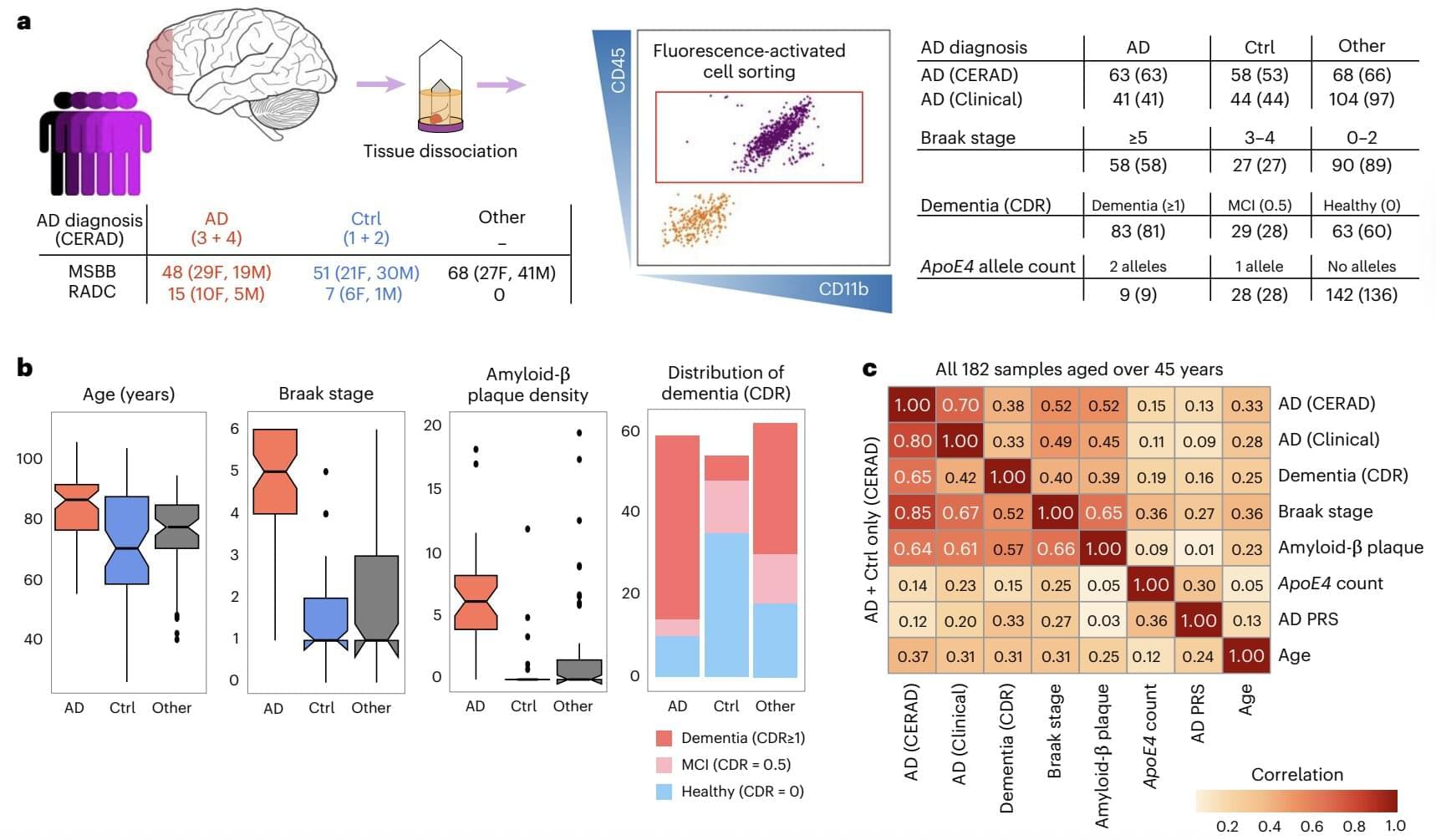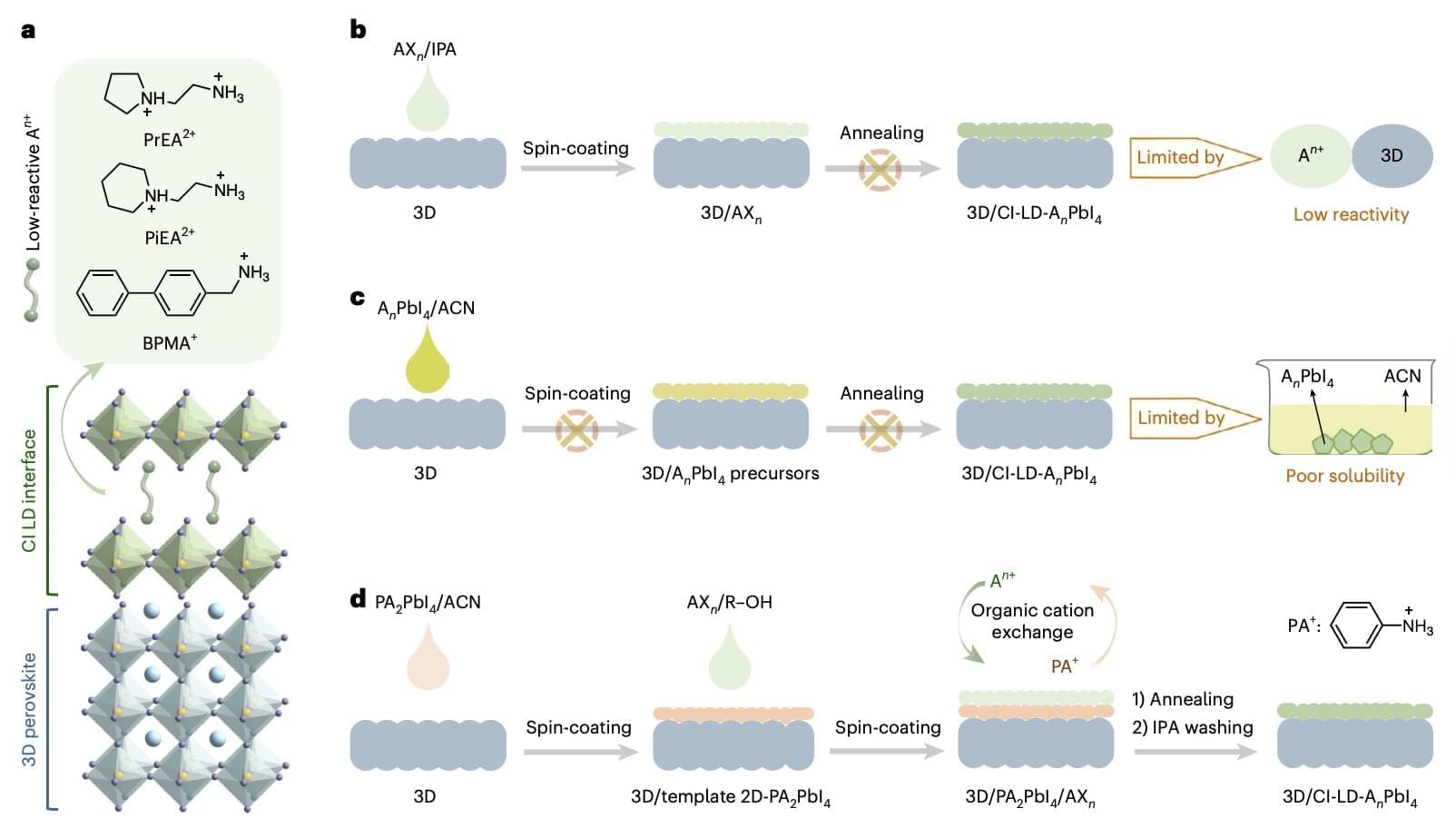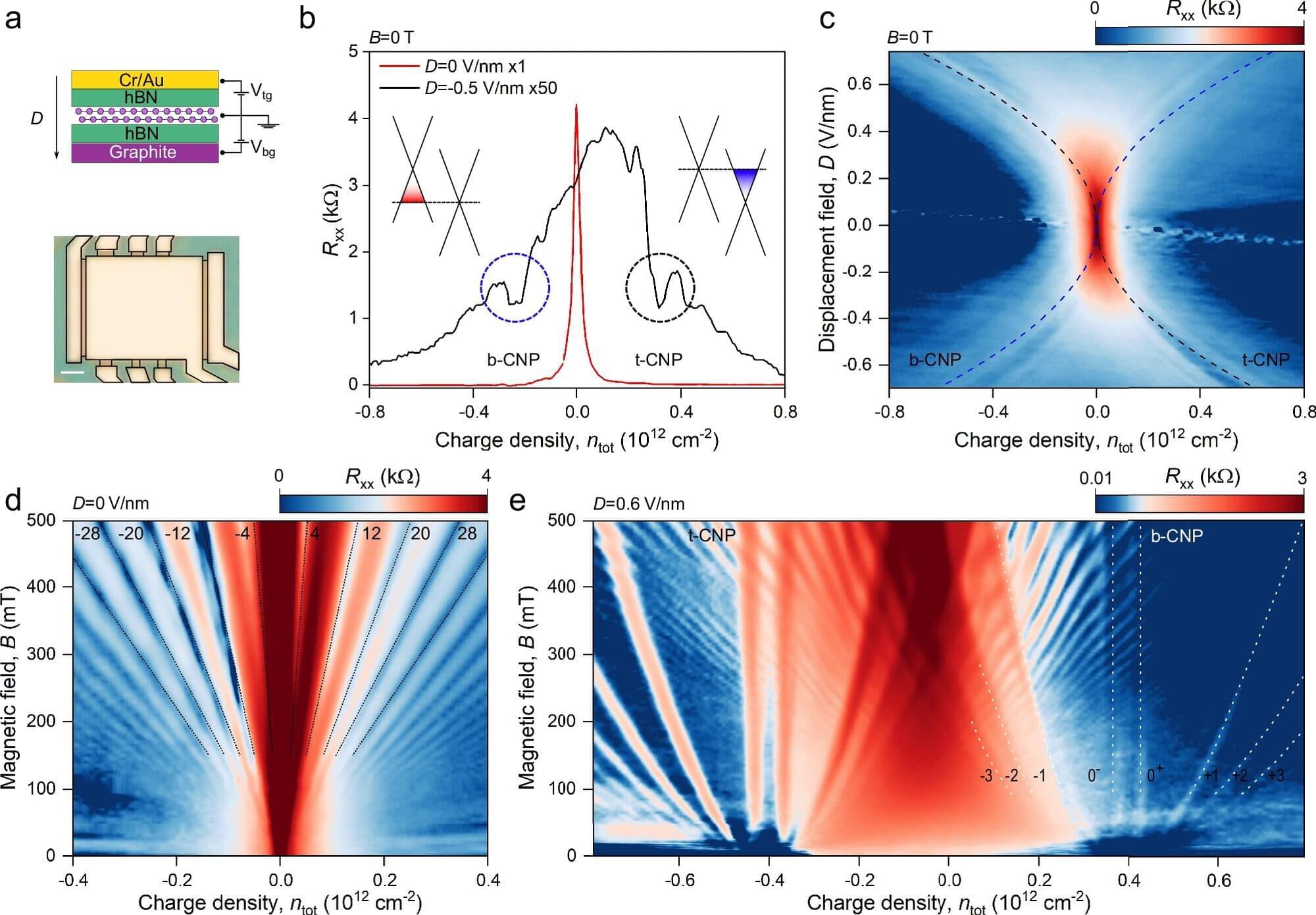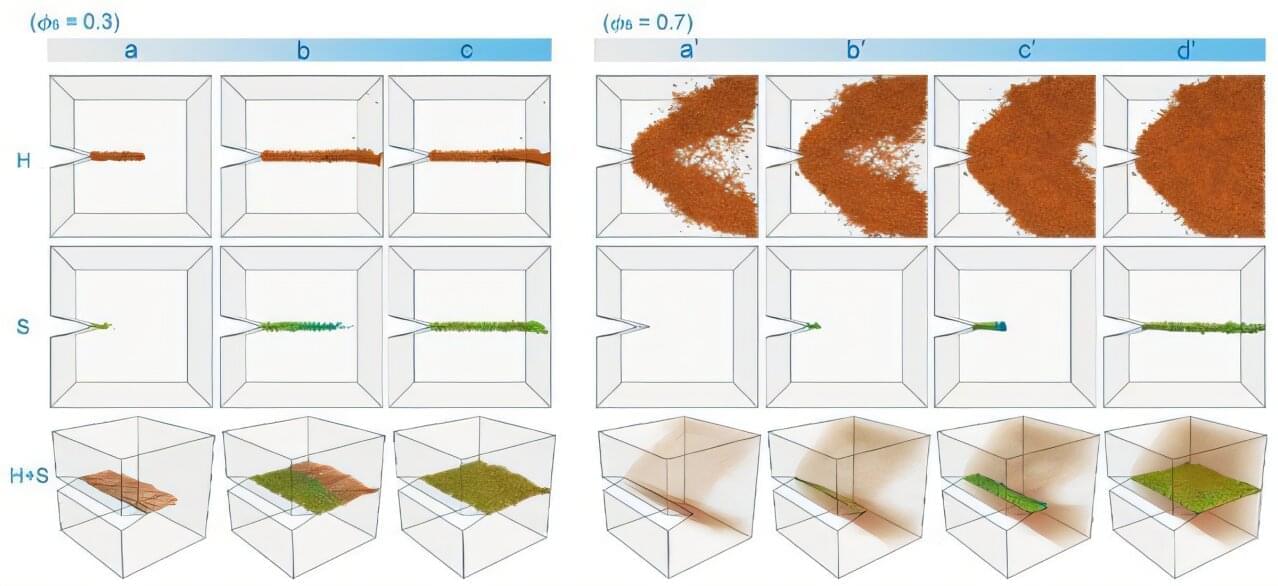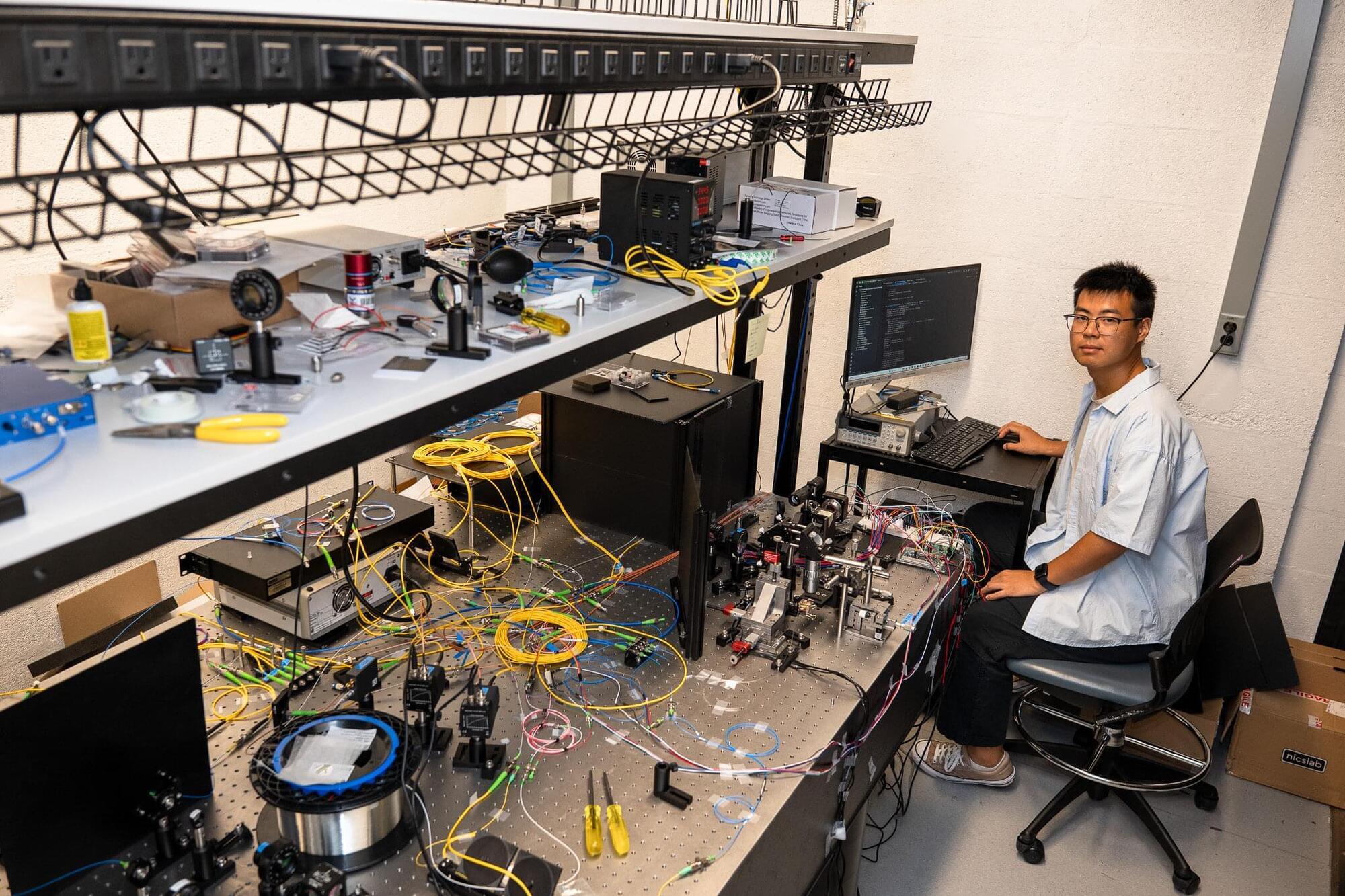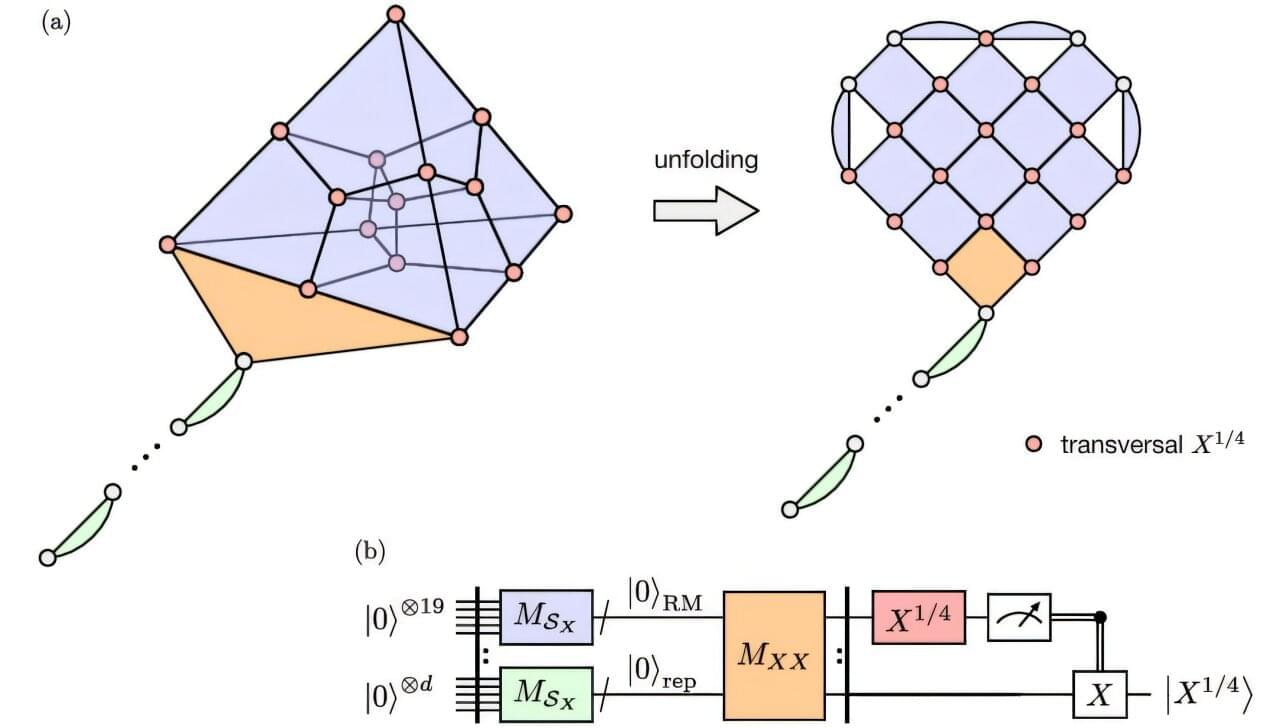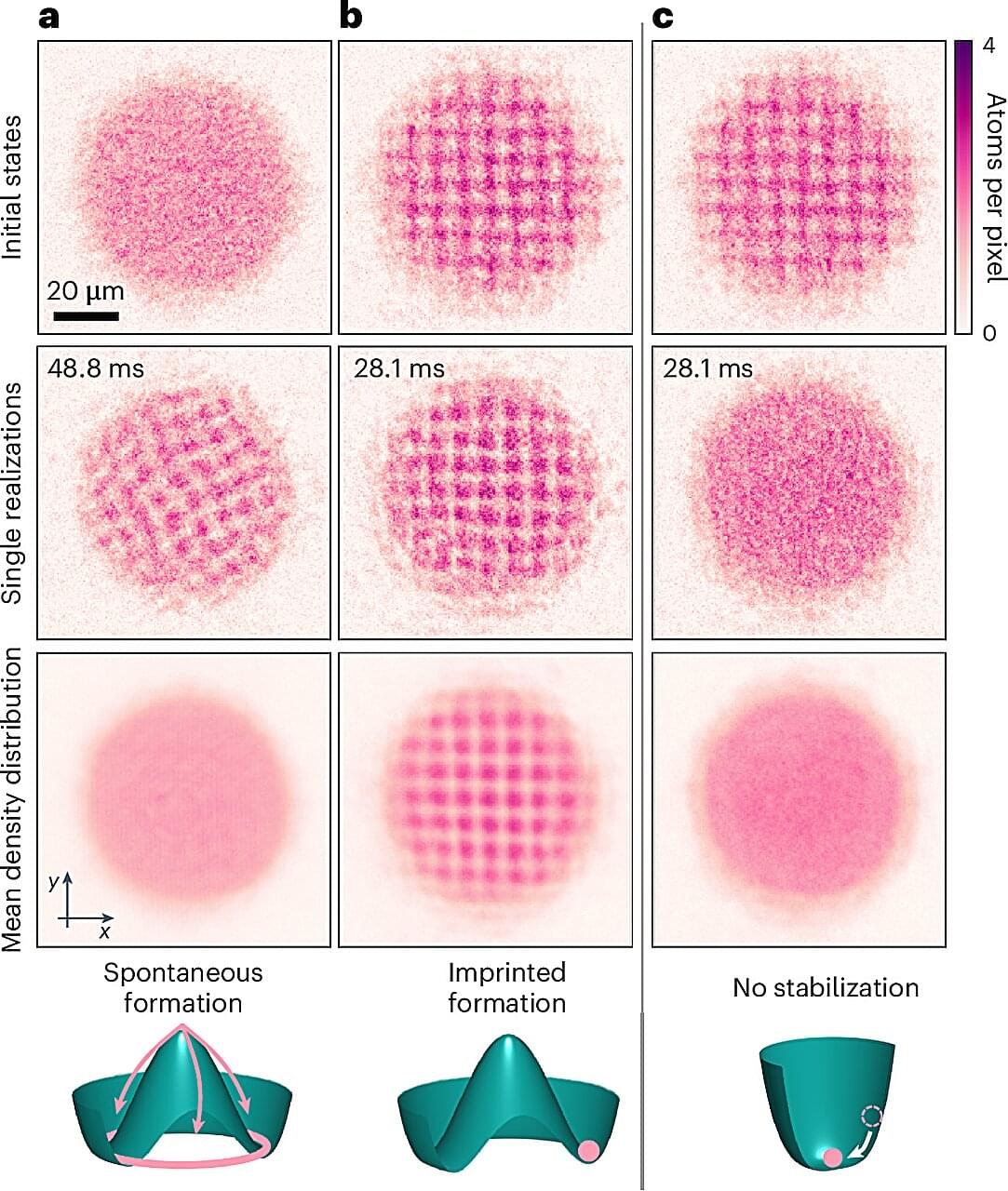Remembering past events in minute detail, revisiting them methodically, and reliving past emotions—this is the peculiarity of people with an exceptional memory of their own lives, known as autobiographical hypermnesia, or hyperthymesia. This fascinating condition remains poorly understood, and each new case contributes to our understanding.
In an article in Neurocase, researchers from Paris Brain Institute and the Memory, Brain, and Cognition Laboratory describe the extraordinary mental life of a 17-year-old girl.
Autobiographical memory refers to our ability to remember experiences that have shaped our lives since childhood. It consists of emotional and sensory memories of places, moments, and people, as well as a set of factual information—such as names and dates—that allows us to orient ourselves when we try to recall an episode from the past.

